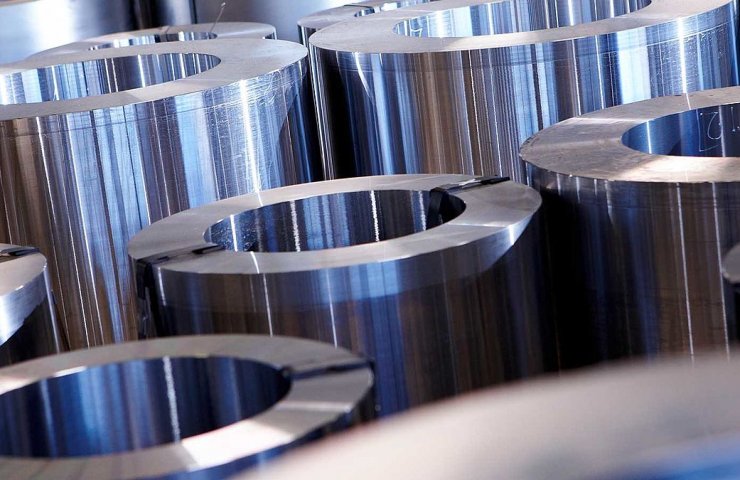grade of steel determines its chemical composition and physical properties. European and Asian countries, USA and Ukraine differently labeled are identical in properties to the steel. A striking example of the catalogue of steel grades is offered the Ukrainian company "Metinvest" list of produced steel the link https://metinvestholding.com/ru/products/steel-grades. For more information about stamps can be found in the "Elaborated steels and alloys" ed. by A. S. Zubchenko (GOST and TU), in the normative documents of the EU (EN) or in the directory of the American iron and steel Institute (AISI).
Parameters
Steel is an alloy of carbon and iron. The carbon in it no more than 2.14 percent iron, more than 50%. The carbon adds toughness, but an excessive amount leads to excessive brittleness. The amount of carbon is the most important parameter of dividing into classes of steel. There are two main groups: carbon and alloy. In turn, the carbon generally fall into 3 groups:
- low-carbon (carbon up to 0.25%);
- medium-carbon (0.25-0.6%);
- high carbon steel (carbon more than 0.6 %).
- boiling — "KP";
- balanced — "PS";
- calm — "SP".
- 12 is the percentage of carbon in hundredths of units (0,12%). One digit shows a tenth. The lack of numbers means that carbon more than 1 %;
- X18 shows the presence of chromium at 18% the contents;
- H10 — Nickel content 10%;
- T — Titan, no next to the letter of the figures shows that the percentage of titanium is small, less than 1.5%.
Alloy steels differ from unalloyed and therefore are marked differently. Their marking depends on the presence of chemical elements, which give the desired properties. Example: cobalt(Co) — increases the resistance and increases the resistance to impact damage.
In the CIS countries steel is marked with the capital letters of the alphabet. Each element of the chemical periodic table, a part of the alloy corresponds to its letter. So in Russian markings — beryllium (L), boron (P), nitrogen (A) and so on.
the Letter A on the end of it is marked by high-quality steel with a minimum content of phosphorus. Two letters A (AA) indicate a high purity, where sulfur and phosphorus are practically absent.
Special letter combinations indicates the level of deoxidation:
the Newly discovered alloys are marked differently. Plant "Electrostal" marks his discovery of the letter e, and "DSS" — with the letter D, experienced research and trial And alloys are marked by letters p and P respectively. Also, Marche is assigned a serial number: ЭИ276 or ДИ80.
Example: how to decipher 12X18H10T
Heat - and corrosion-resistant austenitic steel 12X18H10T used in vessels operating in weak acid or alkaline environment, as well as welders. It "reads" like this:
Thus, the formula 12KH18N10T shows that in the alloy: 0.12% of carbon, 18% chromium, 10% Nickel, and the percentage of titanium does not exceed 1.5%.




